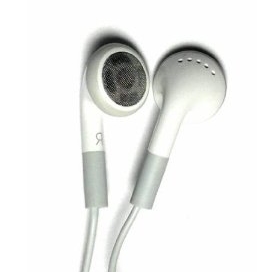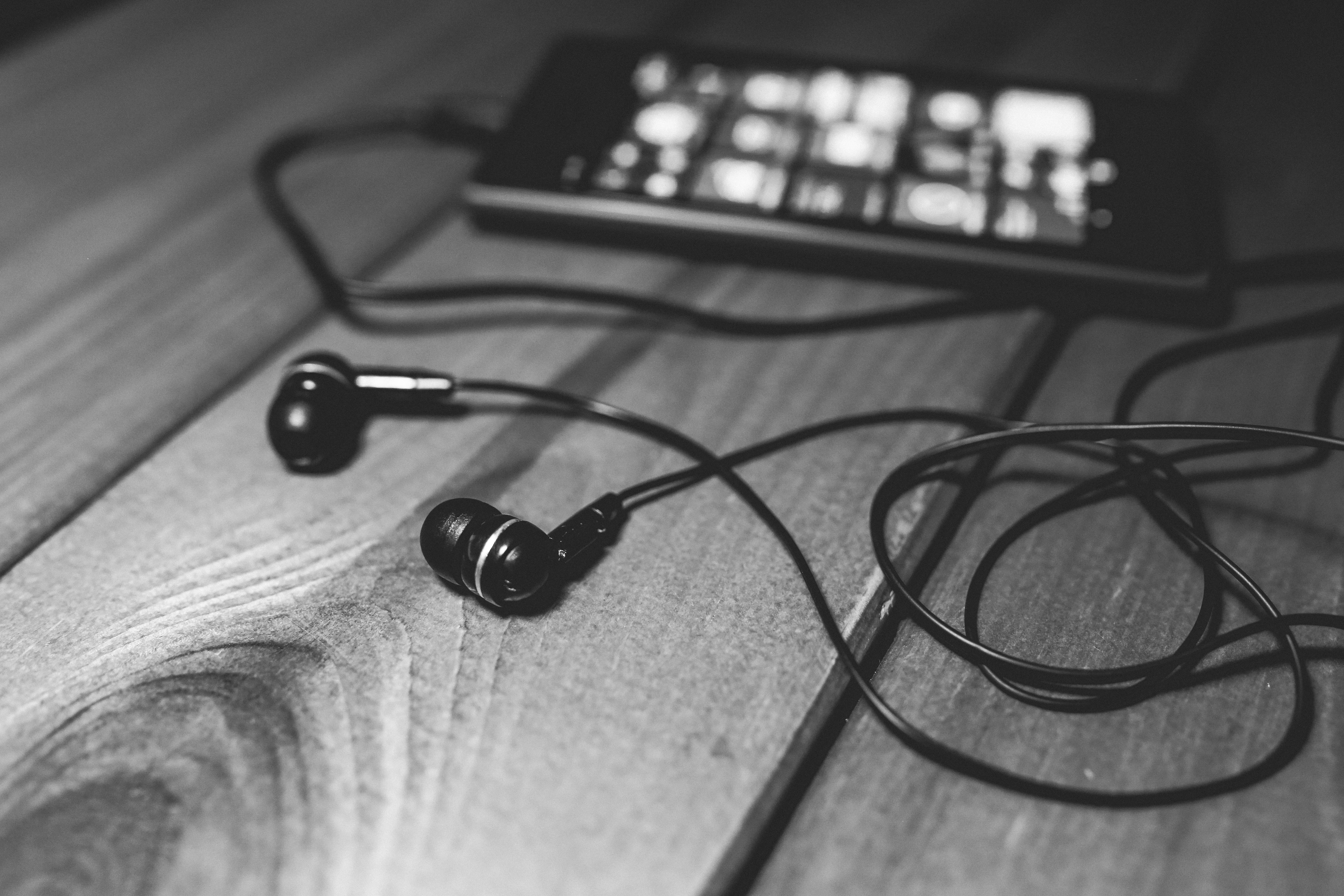OSHA regulations dictate we offer a “variety†of hearing protectors to noise-exposed workers. What is best practice for providing a variety while keeping inventory to a minimum?
Per CFR 1910.95(i)(3), “Employees shall be given the opportunity to select their hearing protectors from a variety of suitable hearing protectors provided by the employer.†But does “variety of suitable hearing protectors†mean two or 10, earplugs or earmuffs, different colors or different sizes?
The wrong approach is to choose a variety based on factors that have no effect on protecting hearing, including the published noise reduction rating. Some safety managers offer several different large foam earplugs that are yellow, green and orange â€" mistakenly assuming they meet the “variety†requirement and not realizing that a significant portion of their workforce will never achieve an adequate fit with a large foam earplug. In those cases, their supposed “variety†actually limits the number of workers adequately protected.
This bad assumption is often codified into company safety policies that require a minimum NRR: “Approved hearing protectors must have an NRR of at least 32 decibels,†or similar criteria. By definition, that typically means a large foam earplug. Despite the higher NRR based on 10 laboratory test subjects, workers with smaller ear canals will never achieve an adequate fit with those large foam earplugs to stop noise-induced hearing loss.

What are the factors that affect good fit of an earplug?
- Size:Â Like a cork in a bottle, an earplug that is too large or too small will never achieve an acoustic seal to protect hearing. Offering a variety of sizes significantly improves the percentage of employees obtaining a good fit.
- Shape:Â Ear canal openings may appear round, oval or slit. A foam earplug often fills an oval or slit opening better than pre-molded earplugs.
- Ease of insertion:Â Some workers have difficulty rolling or inserting foam earplugs due to lack of mobility. For these workers, an earplug with a stem may be easier to insert.
Based on thousands of fit tests administered to workers in the field, the following four earplug styles provide a selection that would adequately protect nearly every worker:
- Large foam earplug
- Smaller foam earplug
- Large reusable earplug
- Smaller reusable earplug
The good news is that offering a variety does not necessarily increase cost. Buying 1,000 earplugs of one style or 250 earplugs of four different styles is fairly equivalent in cost. But the bigger variety significantly increases the probability that more workers will be adequately protected.
Many worksites adjust their inventory based on results of their fit-testing of hearing protectors. By reviewing which earplugs repeatedly provide the best fit, these companies identify the gaps or duplications in their offering and can adjust accordingly. Sometimes, this means adding a smaller-size earplug, but many times companies find they can remove some less-effective earplugs from their inventory. It’s not necessary to carry a dozen different earplug styles.
Finally, any offering of hearing protection needs a hands-on training component. How can a workers determine whether their ear canal is large or small, round or oval? It’s impossible to view your own ear canal opening in a mirror. A quick glance by a safety trainer can be of tremendous benefit in helping workers select the right earplug the first time.



